Observation, after all, introduces the possibility that the observer might intervene.
~ Jeremy Bentham (encapsulating the essence of the panopticon and the power of constant watchfulness)
India faces one of the most complex surveillance challenges in the world, as it must constantly monitor an extensive boundary that stretches across both, land and sea. Across its land borders, India shares nearly 15,106 kilometers with seven countries: Pakistan, China, Bangladesh, Nepal, Bhutan, Myanmar, and Afghanistan. Each stretch poses unique security concerns, from cross-border terrorism and illegal migration, to territorial disputes in high-altitude terrain.
At the same time, India’s 7,500-kilometer-long coastline and its vast Exclusive Economic Zone of 2.37 million square kilometers demand round-the-clock vigilance against threats such as piracy, smuggling, terrorism, and increasing Chinese naval activity in the Indian Ocean. As such, India’s security forces must integrate ground troops, radars, satellites, UAVs, patrol vessels, and aircraft into a seamless system to safeguard both, land and sea. This constant need for surveillance highlights the scale of India’s security responsibilities and underscores why comprehensive monitoring remains non-negotiable.

The Desired Capability
A crucial capability plug in this vast surveillance grid is the MQ-9B UAV that India is acquiring from the United States. This platform brings unmatched potential in terms of persistence, reach, and adaptability. The absence of such drones in the past forced the Indian Navy’s P-8I Neptune aircraft, primarily designed for maritime patrol, to operate over the Himalayas instead, during the Doklam standoff and the Eastern Ladakh crisis.
While the P-8I performed effectively, it came at a higher cost and with limited endurance in high-altitude regions. In contrast, the MQ-9B can undertake similar intelligence, surveillance, and reconnaissance missions for far longer durations and at just a fraction of the operating cost, making it a true force multiplier for both land and maritime domains.
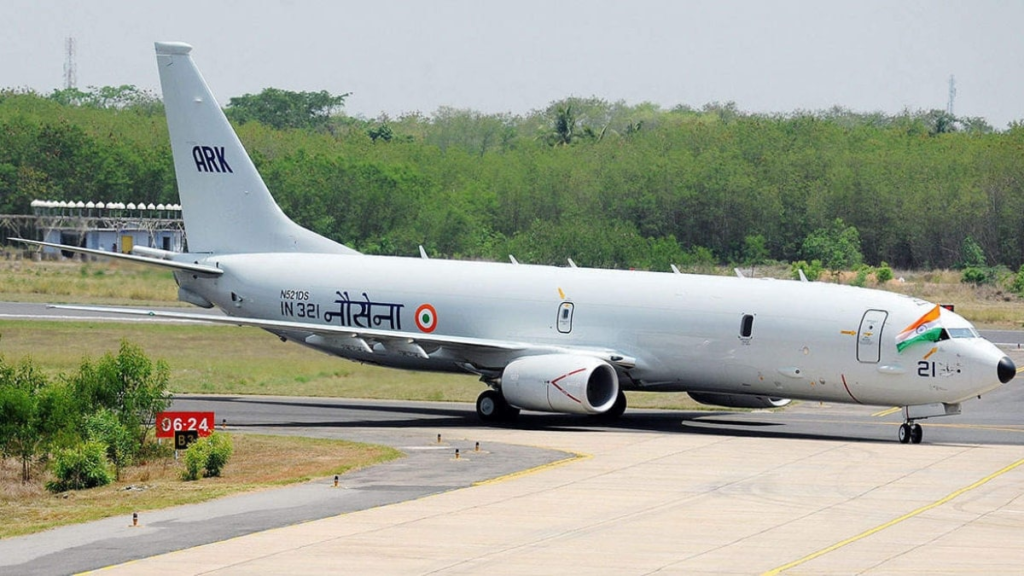
The Contentious Deal
India signed a $3.5–4 billion deal with the US to acquire 31 MQ-9B Predator drones, split as 15 SeaGuardians for the Navy, 8 SkyGuardians for the Army, and 8 for the Air Force. These HALE drones come with the Lynx radar, EO/IR sensors, automatic takeoff and landing, and a powerful weapons package of 170+ Hellfire missiles and 300+ Small Diameter Bombs.
General Atomics will set up an MRO facility in India and source 30% of components locally. Deliveries are scheduled between 2029 and 2030, with the drones to be based at INS Rajali, Porbandar, Sarsawa, and Gorakhpur. With 40+ hours endurance, 40,000 ft ceilings, and 1,800 kg payloads, the MQ-9B fleet will transform India’s surveillance and strike capabilities while tightening defense ties with Washington.
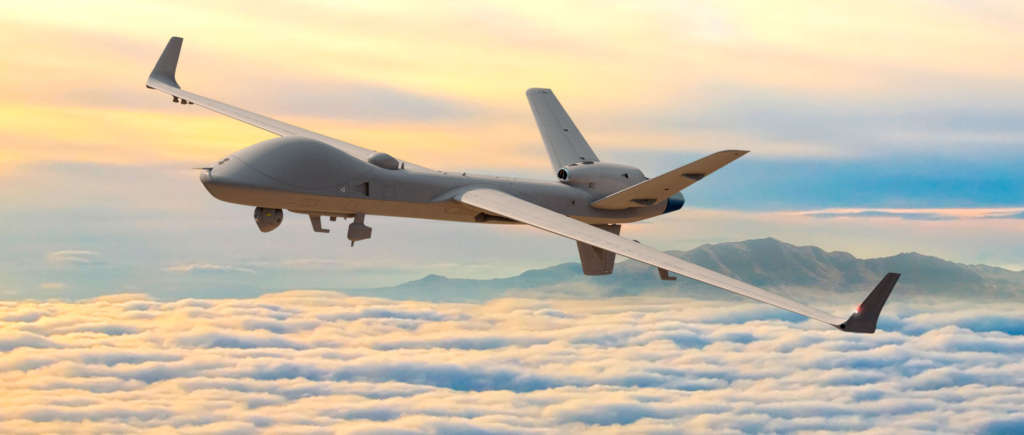
MQ-9B Deal: The Scrapping Debate Analysis
Following Peter Navarro’s rhetoric, certain voices in India began suggesting that the MQ-9B deal should be scrapped. At first glance, this appeared as a straightforward option and was even framed as a symbolic gesture resonating with public sentiment and social media narratives. Yet, the issue is far more nuanced and layered. The cancellation of the MQ-9B deal carries significant operational, technical, and strategic implications that extend well beyond optics. It is therefore essential to unpack these dimensions and understand the broader context.
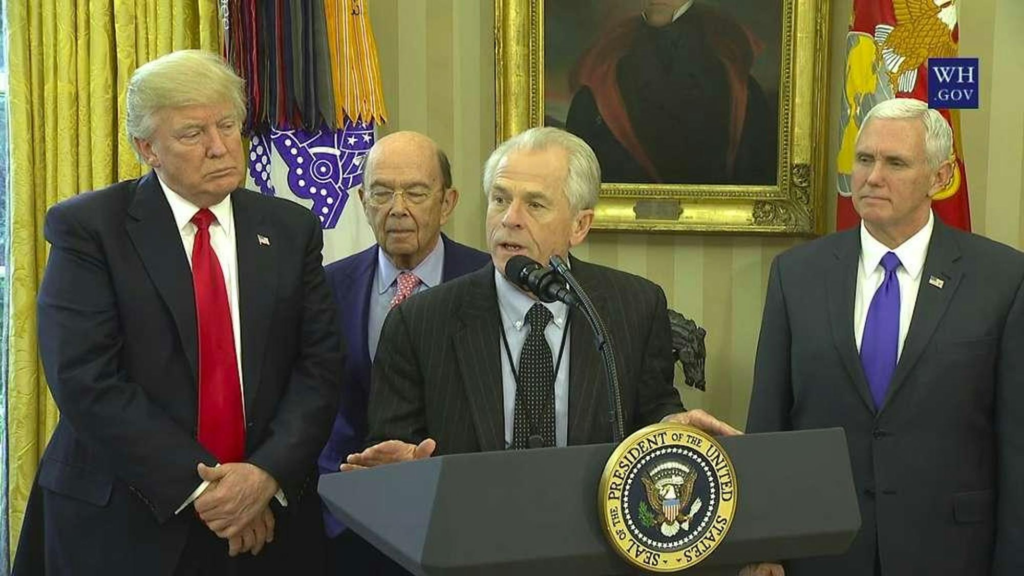
MQ-9B Deal: Evolution of UAV Supremacy
When it comes to UAVs, the United States military operates them most extensively. Israel follows as the next closest operator. In recent years, Russia, Iran, Ukraine, Turkey, and China have tried entering this market. Yet, the United States remains leagues ahead of all of them. The UAV journey moved from the basic MQ-1 piston-powered Predator to the refined MQ-9 Reaper. This progression remained continuous and consistent. The variant that India is acquiring is the MQ-9B. It is the most recent, most advanced, and most robust UAV system available today.
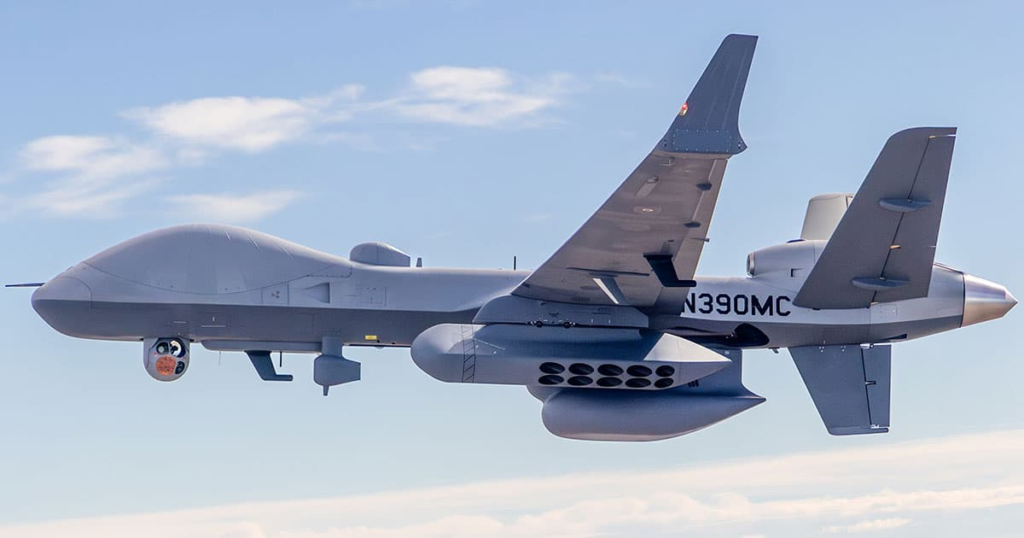
Altitude and Payload Capabilities
Most UAVs currently loiter at altitudes of 24,000 to 25,000 feet. The MQ-9B easily breaches 40,000 feet. Similarly, while most UAVs can lift only 300 to 400 kilograms, MQ-9B operates at a different scale. It carries almost 5 tonnes of payload, which includes approximately 3 tonnes of fuel and 2 tonnes of mission payload. This allows unmatched endurance, coverage, and operational flexibility across the operating zones.
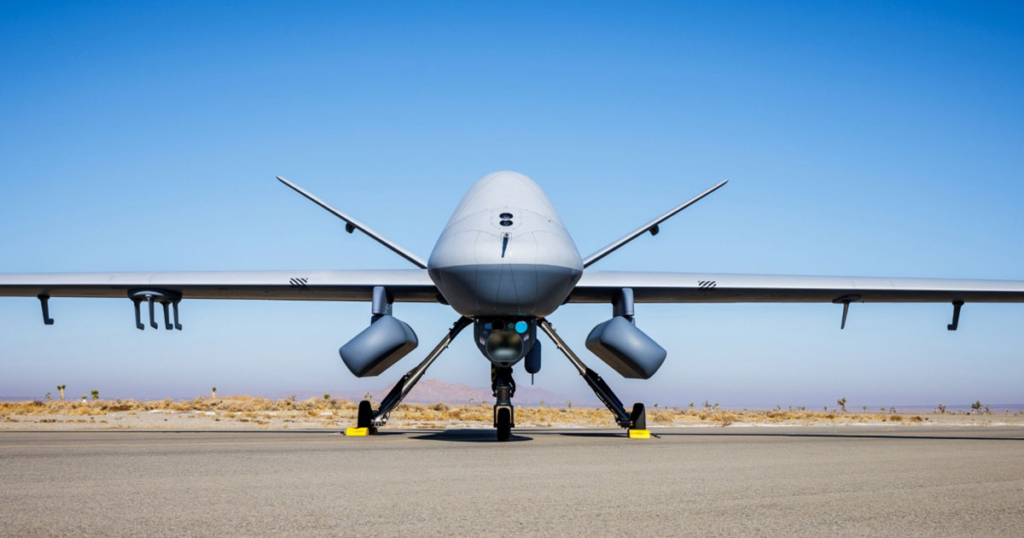
Sensors and Mission Suites
The true advantage of the MQ-9B extends far beyond its altitude and endurance, which are enabled by high-performance turbo-prop engines costlier; yet significantly more capable. Its unmatched strength lies in the advanced sensors and integrated mission suites it carries.
Equipped with the Lynx Multi-Mode Radar and a sophisticated EO/IR sensor suite, the platform interfaces seamlessly with user systems and podded technologies, enhancing operational flexibility. This integration allows the MQ-9B to execute a broad spectrum of missions, including humanitarian aid, disaster relief, search and rescue, border enforcement, airborne early warning, electronic warfare, anti-surface and anti-submarine operations, and long-range precision strikes.

Pods and Modular Add-ons
The MQ-9B derives another level of advantage from its modular pods and add-on systems. Its Scalable Open Architecture enables smooth integration of new mission payloads.
The SOAR system provides identification, geolocation, and signal characterization for building an electronic order of battle. Furthermore, the Sledgehammer pod enables electronic attack across the RF spectrum. The Self-Protection Pod ensures survivability in contested airspace with threat awareness and countermeasures.
The Rosetta Echo Advanced Payload enhances digital interoperability, connecting sensors directly to shooters. The ASW pod can launch sonobuoys or mini-UAVs for submarine tracking. NATO pods allow integration of sovereign payload systems. Airborne Laser Communications enable secure, high-data-rate links with low intercept probability. MQ-9B also uses advanced targeting systems like the AN/DAS-1 MTS-B and AN/APY-8 Lynx II radar.
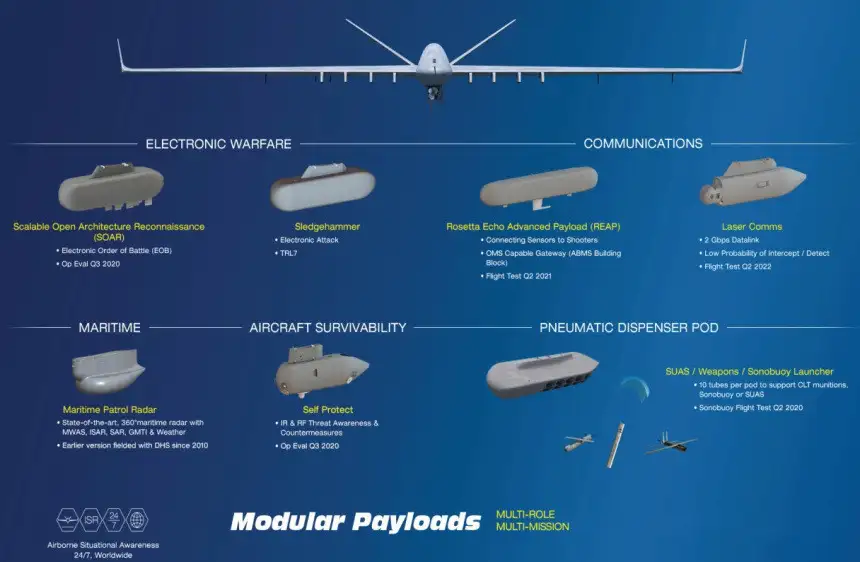
Reliability and Refinement
The MQ-9B stands as the most refined UAV available today, free from operational glitches. Its design maturity ensures seamless functioning across missions. In comparison, India recently faced signal issues with imported UAV platforms. This contrast highlights why MQ-9B remains unmatched. The system brings proven reliability, advanced engineering, and battle-tested technology.
The MQ-9B has no real competitor in today’s market its endurance, payload, and versatility remain unmatched, and cancelling the deal would leave a serious gap in India’s surveillance and strike capability as no alternative platform exists.
As for the noise from Donald Trump and Peter Navarro, their push is largely about securing more business from India rather than altering the strategic calculus. With India relying on U.S. support for critical technologies like jet engines, strategic airlifters, helicopters, and maritime aircraft, aggressive posturing for optics carries little strategic weight compared to the long-term partnerships New Delhi must sustain.

writer failed to mention the drawbacks which enables even low technology driven Houthi army to shoot down these MQ9B.
I wish the dilivery is early.
Trade offs are there in almost all deals, more in the defense contracts.